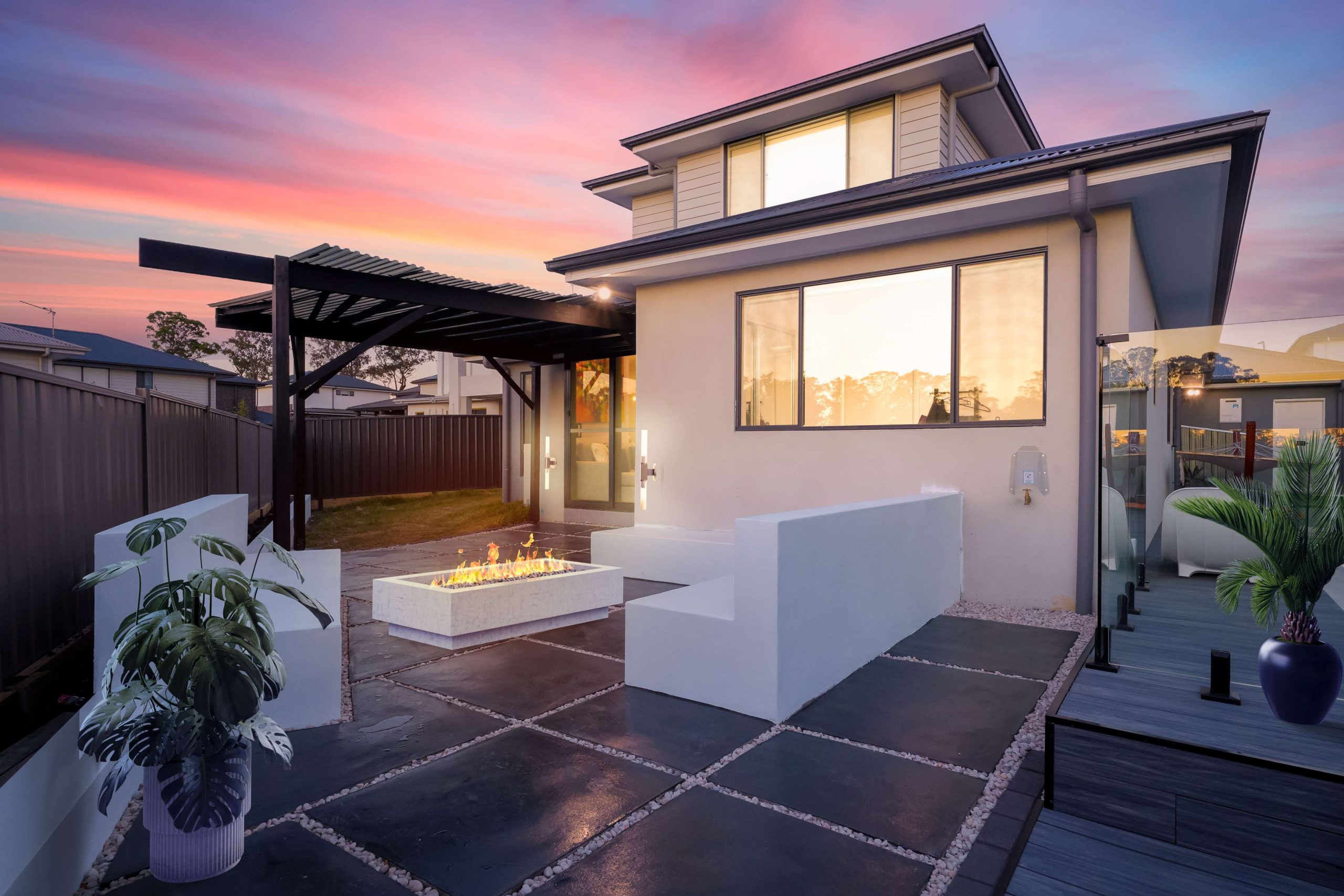
In today’s competitive real estate market, capturing the attention of potential buyers has become increasingly challenging. Traditional staging methods, while effective, can be expensive and time-consuming. This is where virtual staging steps in as a game-changer. At Upload Media Services, a leading photography and videography business in Sydney, we understand the power of virtual staging in elevating property marketing. In this article, we will delve into the world of home staging, exploring its benefits, best practices, and how it compares to traditional staging.
Virtual staging is the process of digitally enhancing and furnishing real estate photographs to create visually appealing and immersive representations of a property. Through the use of advanced technology, it allows potential buyers to envision the potential of a space by showcasing different styles and layouts.
In a competitive real estate market, first impressions are crucial. Virtual staging offers a powerful tool for captivating potential buyers and creating an emotional connection with a property. By showcasing a well-staged and inviting space, it can significantly enhance the perceived value of a property, leading to increased buyer interest and faster sales.
Virtual staging involves a series of steps to transform vacant or poorly furnished spaces into visually stunning representations. Skilled designers utilize 3D rendering techniques and digital furniture to create a realistic and appealing ambiance that resonates with potential buyers. The process typically begins with selecting high-quality photographs of the property, followed by digitally adding furniture, decor, and other elements to bring the space to life.
Traditional staging involves renting or purchasing furniture and decor, hiring movers, and spending significant time on arranging and rearranging items. In contrast, real estate staging offers a cost-effective solution by eliminating the need for physical furniture and the associated logistics. It allows real estate agents and property owners to showcase multiple room styles without incurring additional expenses.
One of the key advantages of home staging is its versatility. With a few clicks, designers can transform an empty room into a cozy living space, a modern office, or a luxurious bedroom. This flexibility enables real estate professionals to cater to the preferences of various target demographics and showcase the full potential of a property.
Virtual staging helps potential buyers visualize themselves living in a property, creating an emotional connection that drives interest and accelerates the sales process. Studies have shown that staged properties receive more online views and generate higher offers compared to unstaged properties. By presenting a visually appealing and well-designed space, property staging increases the likelihood of attracting qualified buyers and expediting the sales cycle.
Vacant properties can often feel cold and uninviting, making it challenging for buyers to envision their future home. Virtual staging addresses this issue by transforming empty spaces into vibrant and inviting rooms. By showcasing the possibilities and potential of a property, interior staging helps buyers see beyond the current state and imagine the space as their own.
When choosing furniture and decor for virtual staging, it’s essential to consider the target audience and the style of the property. Opt for modern, timeless pieces that align with current design trends. Neutral color palettes and strategically placed accents can enhance the overall aesthetic and appeal to a wider range of buyers.
While virtual staging allows for creativity, it’s important to strike a balance between an enticing representation and a realistic depiction. Avoid over-styling or cluttering the space with too many items. Focus on creating a harmonious composition that highlights the key features of the property.
Proper lighting is crucial in virtual staging. Pay attention to natural and artificial lighting sources to ensure a well-lit and welcoming atmosphere. Adjusting light fixtures, adding virtual windows, or altering the intensity of the lighting can dramatically impact the overall ambiance and create a positive impression.
Virtual staging offers the opportunity to showcase the versatility of each room. Highlight the functionality of the space by staging it as a home office, a guest bedroom, or a creative studio, depending on the property’s target market. This helps potential buyers visualize the adaptability of the space to meet their specific needs.
While both virtual staging and traditional staging have their merits, it’s important to understand the differences and consider the specific needs of each property. Traditional staging provides a tangible experience and can create a strong emotional connection with potential buyers. However, it can be costly, time-consuming, and limited by the availability of furniture and decor. Property staging, on the other hand, offers cost-effectiveness, flexibility, and the ability to showcase various styles, but it lacks the tactile experience of traditional staging.
When deciding between virtual staging and traditional staging, consider factors such as budget, time constraints, target market, and the property’s unique characteristics. Home staging is often an ideal solution for vacant properties, new developments, or properties with outdated furniture. Traditional staging may be more suitable for high-end properties or when a physical presence is deemed essential.
Virtual staging has revolutionized the way properties are marketed in the real estate industry. Its cost-effectiveness, versatility, and ability to capture buyer interest make it an invaluable tool for real estate professionals. By harnessing the power of real estate staging, agents and property owners can showcase the full potential of a property, attract qualified buyers, and expedite the sales process. At Upload Media Services, we specialize in providing high-quality virtual staging services that elevate property marketing to new heights.


